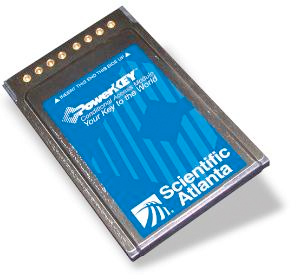LONGMONT — With the gentle push of a lever, the battery-powered motor hums to life, and Tom Lopez begins mowing the grassy strips between his garden plots.
Just as the sun makes the grass — and the garden — grow, it also bakes the solar panels that charge the batteries that power the lawn mower.
“That’s the thing about this stuff — it’s not rocket science,” said Lopez, a 1962 University of Colorado-Boulder graduate with a degree in aerospace engineering. “It just uses standard technology.”
Standard technology mixed with a creative mind can lead to great things, and Lopez is hoping to license his solar-powered farm equipment to another company and see it mass-produced. As soon as he’s ready, that is — and he’s almost ready.
Lopez and his wife, Kristin, live on Lone Hawk Farm west of Hygiene, a 120-acre spread they bought in 1975.
When his wife’s gardening equipment started breaking down years ago, he removed the two-stroke motor in a tiller she was using and replaced it with an electric motor driven by solar-charged batteries.
That was the beginning.
He then bought a few dozen surplus electric mowers from Black and Decker and put solar panels on the frames. He sold quite a few and still has some he uses on his property.
Next came the walking tractors, used for plowing or weeding, that he converted to run on solar-powered batteries. He built 10 of them and sold them all. Word of his work spread after he was featured in a national magazine.
“One local (customer), and the rest are nationwide,” Lopez said. “I’ve even got one in Alaska.
“I haven’t pursued sales while I’m doing this other thing. I want to have a complete line (of equipment).”
That “other thing” is a riding tractor he’s been working on for about four years.
Summer is a busy time on Lone Hawk Farm, between gardening, raising hay, and hosting weddings and other special events.
Now that fall is nearly here, Lopez said, he’ll have more time to devote to his latest creation. He hopes to have the riding tractor ready by spring.
“It’s basically all together but not totally debugged,” he said.
He’s assembling a tractor in his basement, where he also has his machine shop. It’s a smallish machine that would handle up to about 10 acres, Lopez said.
The tractor also could be used by commercial landscapers, he said.
It runs on eight 6-volt batteries. Four 12-volt solar panels mounted on top of the tractor charge the batteries. Or, through a converter mounted on the tractor, the batteries can be charged directly from a standard, 110-volt electrical outlet.
“The solar is just the charger,” Lopez said. “There’s a misconception that they’re running on solar. The solar is just the charge.”
Lopez, who has 25 years of experience in manufacturing and has launched a couple of companies himself, said that once he proves the riding tractor works, he’ll shop his inventions around to a company that will manufacture all his solar-powered lawn equipment.
“If I were younger, I would start a company and then just go and start manufacturing these things,” said Lopez, 70.
He can count Tom Wilson, owner of Small Planet E-Vehicles in Longmont, as a fan.
Lopez bought an electric bike and a solar-powered pickup from him, said Wilson, who hopes his store can one day carry Lopez’s equipment.
Wilson said he doesn’t know of any tractors available anywhere with solar panels on their canopy.
“I think it’s fabulous. I think it’s revolutionary,” Wilson said of Lopez’s inventions. “You can imagine how many farm tractors are polluting all over the world. Replacing them with these things would make a huge difference.”

























 Apple iPhone
Apple iPhone Palm Pre
Palm Pre

 Windows Mobile
Windows Mobile






 Peter N. Glaskowsky is a computer architect in Silicon Valley and a technology analyst for the Envisioneering Group. He has designed chip- and board-level products in the defense and computer industries, managed design teams, and served as editor in chief of the industry newsletter "Microprocessor Report." He is a member of the CNET Blog Network and is not an employee of CNET.
Peter N. Glaskowsky is a computer architect in Silicon Valley and a technology analyst for the Envisioneering Group. He has designed chip- and board-level products in the defense and computer industries, managed design teams, and served as editor in chief of the industry newsletter "Microprocessor Report." He is a member of the CNET Blog Network and is not an employee of CNET. 


